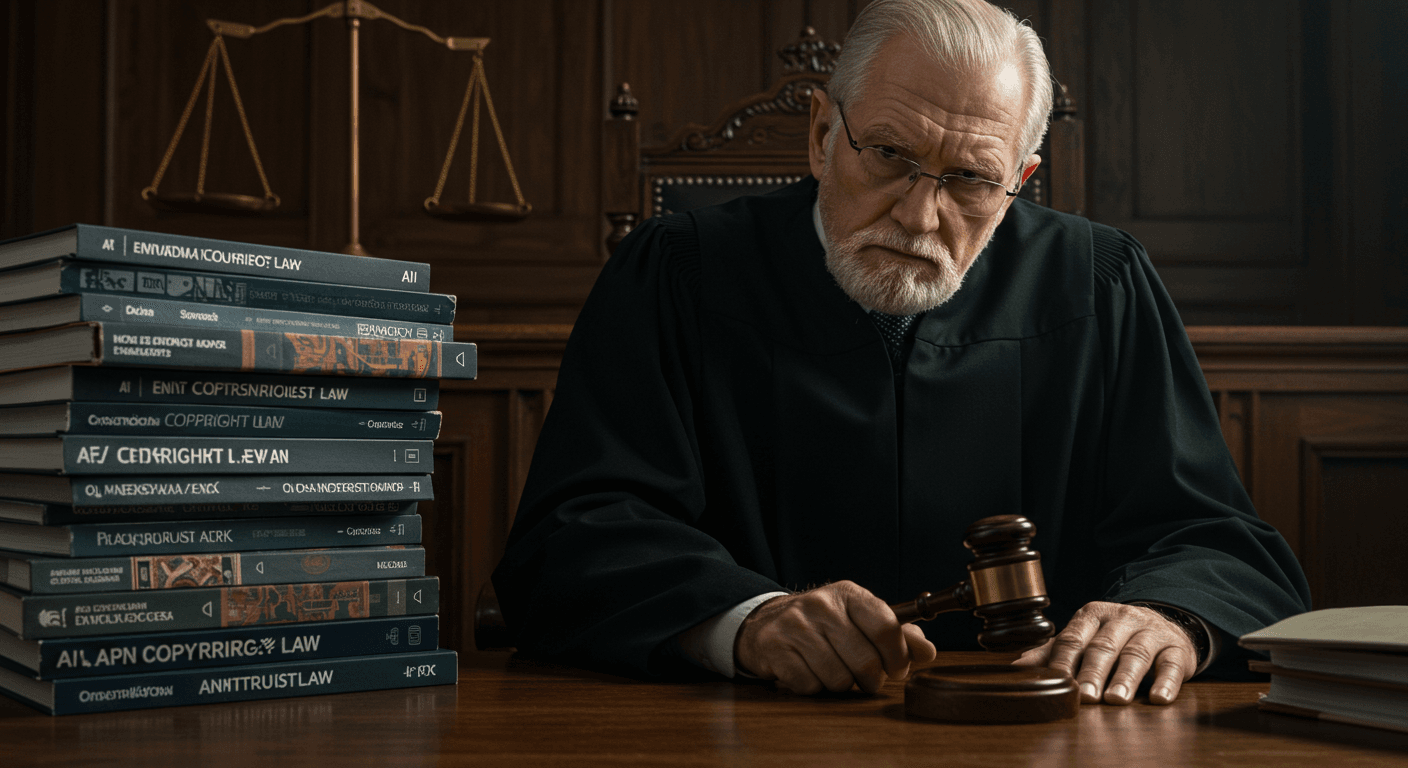Picture this: You're scrolling through TikTok and hear Morgan Freeman's distinctive voice narrating a funny cat video. Only it's not really Morgan Freeman – it's an AI recreation of his voice. Is this legal? Who owns the rights to a voice, and what happens when AI enters the picture? Let's break down these complex questions into simple, practical guidance for anyone using AI voices.

The Three Pillars of Voice Protection
When it comes to AI voices, there are three main legal protections you need to know about:
Copyright Protection: Think of this as protecting the actual recording of a voice. Just like a photographer owns their photos, voice actors own their voice recordings. But here's the interesting part – copyright doesn't protect the sound of someone's voice itself, only specific recordings.
Right of Publicity: This is what protects celebrities (and everyone else) from having their distinctive voice characteristics used without permission for commercial purposes. Remember when Tom Waits successfully sued Frito-Lay for using a singer who imitated his gravelly voice in a commercial? That's right of publicity in action.
Trademark Protection: Some voice characteristics can be so distinctive that they function like a brand's logo. Think of the MGM lion's roar or the NBC chimes – these sounds are actually protected by trademark law.
What This Means for Kukarella Users
So how does this affect you when you're using AI voices for your projects? Here are the practical guidelines:
✅ What You Can Generally Do:
- Use AI voices provided by Kukarella for your projects within the platform's terms of service
- Create original content using licensed AI voices
- Use AI voices for personal projects or internal business communications
⚠️ What Requires Special Attention:
- Using AI voices for commercial projects (check Kukarella's commercial use terms)
- Creating content that might appear to be endorsed by a real person
- Using AI voices in ways that might mislead listeners about who's speaking
❌ What to Avoid:
- Trying to replicate specific celebrities' voices without permission
- Using AI voices to impersonate real people for deceptive purposes
- Bypassing platform licensing terms
Real-World Example: The Jay-Z Shakespeare Case
Let's look at a real example that helps illustrate these principles. In 2020, a text-to-speech company used AI to make Jay-Z's voice recite Shakespeare. While technically impressive, this raised serious legal questions. Why? Because even though the company didn't use any actual recordings of Jay-Z's voice, they were using his distinctive vocal characteristics – something protected by his right of publicity. This case highlights an important principle: just because you can technically create something with AI, doesn't always mean you have the legal right to do so.
Best Practices for Using AI Voices
To stay on the right side of the law while using AI voices, follow these guidelines:
Always Read the Terms: Understand what you're allowed to do with the AI voices provided by Kukarella.
Keep Clear Records: Document which voices you're using and what permissions you have.
Be Transparent: When using AI voices in public content, it's often good practice to disclose that they're AI-generated.
When in Doubt, Ask: If you're unsure about a particular use case, reach out to Kukarella's support team.
Looking to the Future
The legal landscape around AI voices is still evolving, but one thing is clear: the focus is increasingly on protecting both creators and users while enabling innovation. As a Kukarella user, you're part of this exciting new frontier. By understanding and respecting these basic principles, you can confidently create amazing content while staying within legal boundaries.
Remember: This guide provides general information but isn't legal advice. For specific situations, especially involving commercial use, consider consulting with a legal professional.